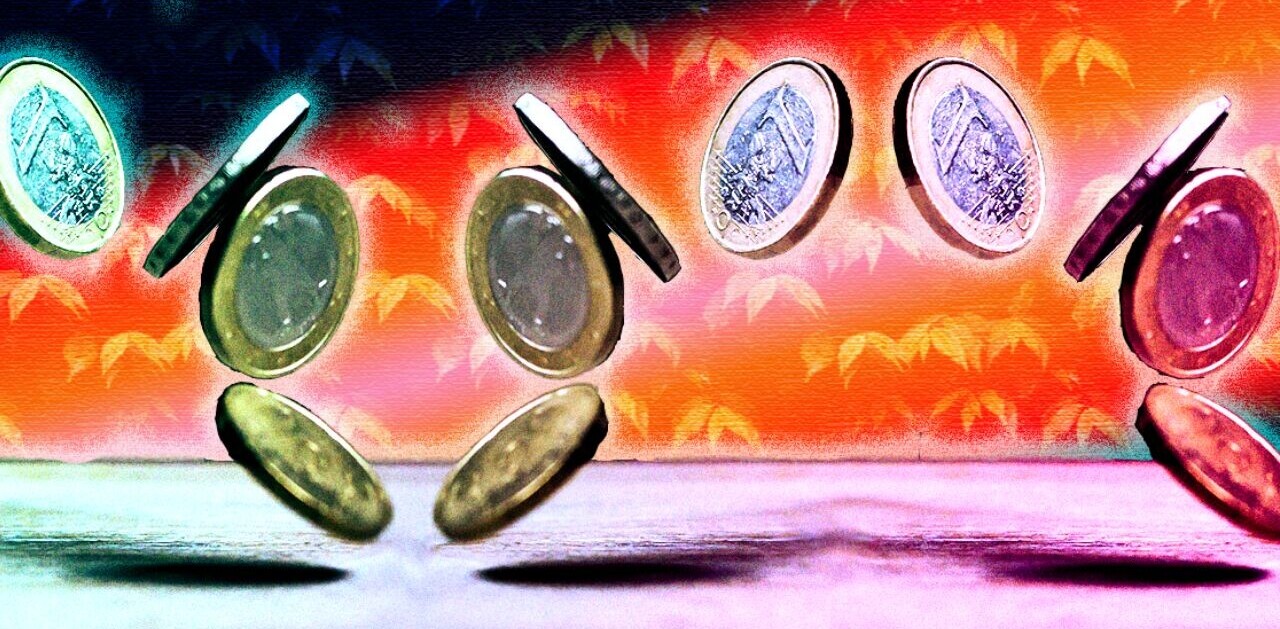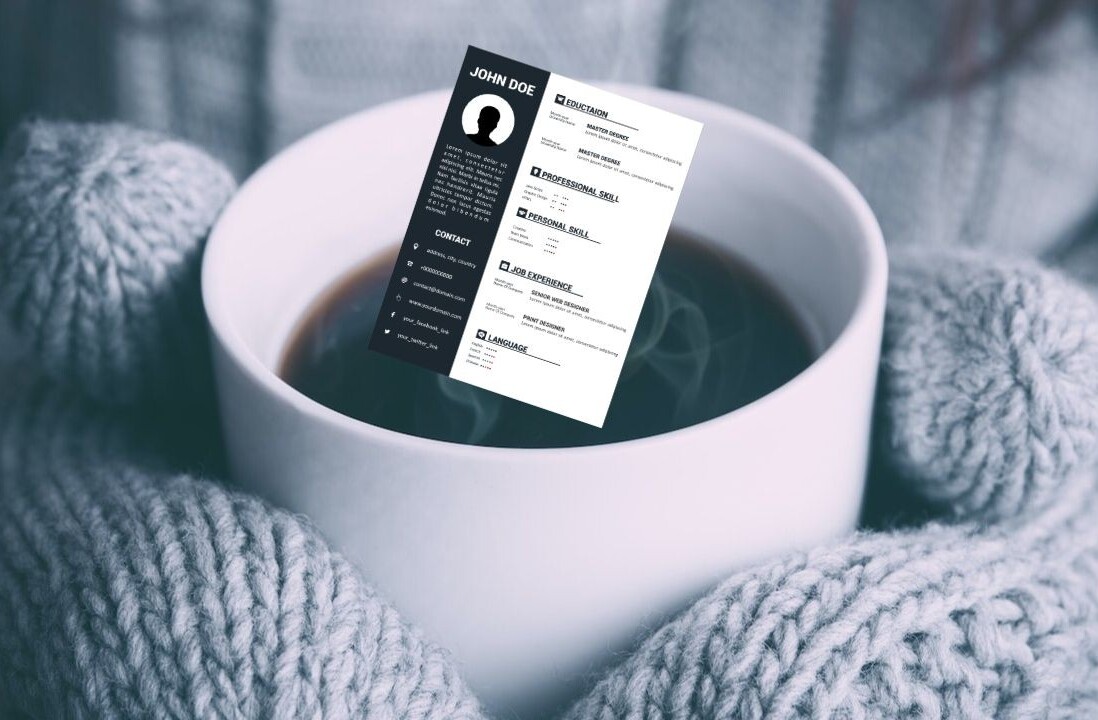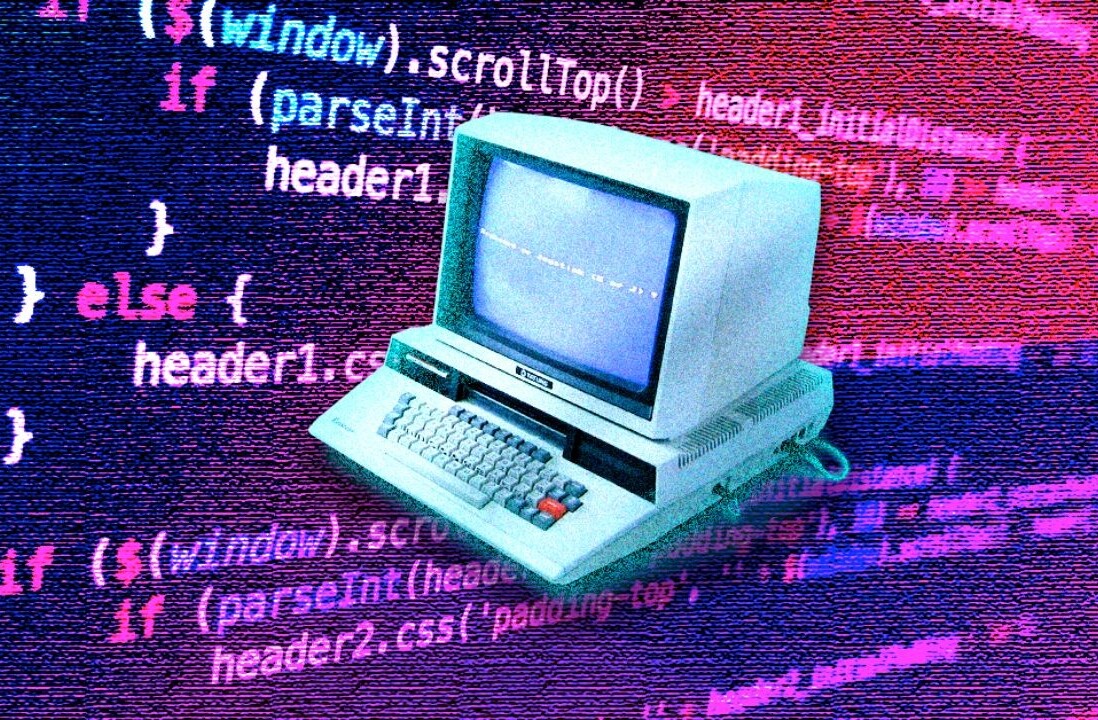
I’ve read many posts in the past asking how to get started learning to code, or asking what people should do next after they’ve finished Code Academy. I wanted to give my story thus far to help others get started, because I’m currently on a “progress high” from how exciting it is to make an app.
“No experience”
It would be a lie to say I had absolutely no experience, but the experience I had prior to this process was limited to my engineering 101 course, where we learned how to draft algorithms and make small programs in C++ and Matlab. If you can make a game of life then you are at the level of familiarity I was at when I began. I also dabbled in learning Ruby, Rails, CSS/HTML but literally had only done the code academy web fundamentals track.
Timeline
Week 1 – Lynda.com objective-c course completed. I originally went for the Lynda iOS SDK course but in the first section it tells you to do the objective-c one. Not completely necessary if you’re familiar, but helps get you comfortable with the environment (Xcode). I have a free account on Lynda through my university, otherwise it’s $25/mo.
Week 2 – Lynda.com iOS SDK course completed. Great videos that come highly recommended. All done through screen capture so you can watch them code in real time, as well as copy/paste or reference source files.
Week 3 – I took this week to brainstorm and draft a practice app. This may be a very difficult step for some and can be skipped but it helps keep you motivated to learn more. You will immediately discover something you want in your app (paged scroll views) that you don’t know how to implement. So Google it and begin learning. I can guarantee someone has already tried it and there is a tutorial available.
Week 4 – Complete a decent, testflight-able app that you can share with people and use. Mine was an app that helps you make decisions. The user was prompted to enter the options they’re comparing (i.e. competing products, iPhone vs. Galaxy), their criteria (i.e. price, graphics, etc.) and how much they care about each criteria, then an algorithm I created would tell them which was the better product for them. Reach out to me (email link) if you’d like the source files.
Week 5 – Here is where I hit roadblock #1: Paged Scroll View. I reached out to one of my developer friends and he sent me to Ray Wenderlich’s site which has tons of very helpful, very specific tutorials. Several other roadblocks and tutorials followed throughout the week.
Week 6 – I completed Stanford’s iPhone App course on iTunes U. This is very informative with a good instructor but you don’t get access to homework or grading so all you can do is follow along. Still worth watching.
Week 7 – I completed Nick Kuh’s Foundation iPhone App Development book. This was a great read, and walks you through making a Birthday Reminder app in 5 days. Still using it as a reference, and was probably the best tool I used in the process.
Week 8 – if you haven’t already started on a legit app, do it now. This is ultimately the best way to learn to code. Although that is said over and over again, I still don’t always do that and I understand it is hard. But thats why we do it, right? to make stuff we would use. So make something. In the end, the cycle of having problems, finding a suitable solution, and implementing it, is the truest way to learn.
I just finished my first app with the help of a designer friend and I’m submitting it to the app store after this post!
Image Credit / Shutterstock
Get the TNW newsletter
Get the most important tech news in your inbox each week.





